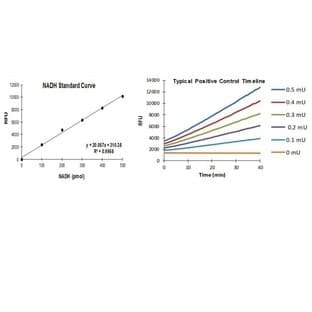
Supplier:
Alomone Labs Limited.Cat no: P-130
BUY Pancuronium bromide
nAChRs are members of the Cys-Loop ligand-gated ion channel superfamily, located both in the peripheral and central nervous systems (PNS and CNS, respectively). They mediate rapid synaptic transmission by increasing the conductance of the postsynaptic cell membrane in response to nerve-released acetyl choline (ACh) and are validated therapeutic targets for various CNS pathologies.
Pancuronium bromide is a competitive neuromuscular blocking agent and a skeletal muscle relaxant. It is a bulky molecule of Bovet's pachycurare type and therefore has a nondepolarising mechanism of action.
Neuromuscular blocking agents have been used routinely to provide skeletal muscle relaxation during surgical procedures allowing access to body cavities without hindrance from voluntary or reflex muscle movement.
Pancuronium remains one of few drugs logically and successfully designed on the drawing board and after about 40 years, it is still used in surgical anaesthesia. It blocks the nAChR current with an IC50 of 5.5 nM in BC3H-1 cells expressing embryonic mouse muscle nAChR and its Ki value for the receptor is 0.9.
Ion Channel Modulators; Nicotinic Acetylcholine Receptor Blockers
Prices direct from Alomone Labs Limited.
Quick response times
Exclusive Absave savings/discounts
Latest promotions
Buy any polyclonal or monoclonal antibody from our extensive range of pre-made antibodies and for a limited time only receive a $50 discount!(T&C apply:...
New brilliant antibodies, and new lower prices!For flow cytometry reagents in general, \"bright is better.\" The violet-excitable BD Horizon™ BV421 and...
10% Discount on 2 Rabbit Polyclonal Antibody Service. With over 20 years experience, SDIX has developed into the premier US custom antibody producer,...
For the past decade scientists have extensively used ATS secondary toxin conjugates to make their own targeted toxins for in vitro use.The ability to combine...
We're so sure that you'll prefer Cayman Assay kits over your present brand that we're willing to give you a free assay kit to prove it!
Did your supplier increase the price of Fetal Bovine Serum? Did they substitute the US Origin with USDA? Well say no more! Innovative Research is still...
Bulk Cytokines with Custom Vialing.20 - 50% off cytokines, growth factors, chemokines and more...For a limited time Cell Sciences is offering substantial...
Are you planning to have a customised antibody made for your research?Since 2000, Everest has been producing a catalog containing thousands of affinity...
Top suppliers
Agrisera AB
11 products
Biotrend
Biosensis
969 products
ABBIOTEC
3011 products
SDIX
1 products
Spring Bioscience
2291 products
Cell Signaling Technology
4976 products
Rockland Immunochemicals, Inc.
7592 products
Boster Immunoleader
1533 products
OriGene Technologies Inc.
5281 products
Maine Biotechnology Services
227 products
BD (Becton, Dickinson and Company)
1 products
ABNOVA CORPORATION
Randox Life Sciences
1502 products
















